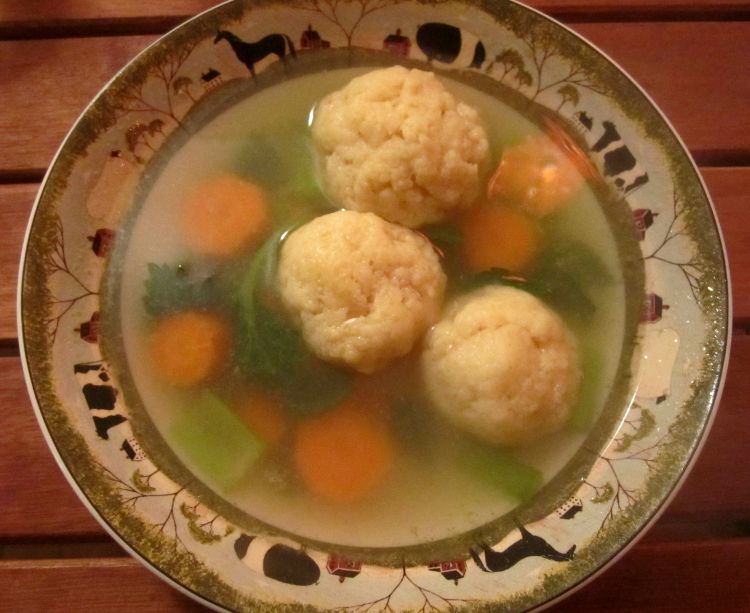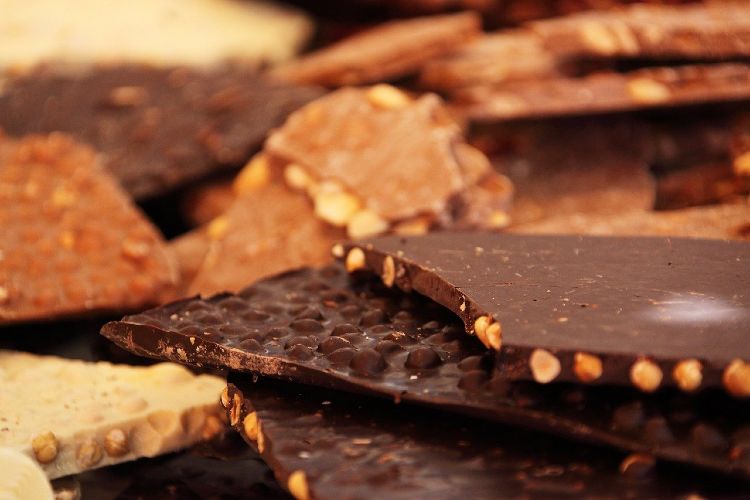“The Food of Morocco” by Paula Wolfert
One look at “The Food of Morocco” by Paula Wolfert’s new book and you will be bowled over by the amount of research, travel, scholarship and curiosity that has gone into delivering this definitive guide to its publishers, Bloomsbury.
Paula Wolfert lives in California and has spent forty years studying the food of the Mediterranean – like Claudia Roden {who commented “There is no book on the food of Morocco as good as this one”} she is a writer that gets into the very depths of her subject matter, delving and deciphering the most coded and impenetrable of the secrets of an Arabic cuisine which, even to most Europeans, seems remote and alien.
This is not just a recipe book: it is a weighty 500 page journey into the history, culture, religion, agriculture, ingredients and home-cooking of Morocco. Highly illustrated with paintings, line drawings, photography and maps you will be eating with your eyes as well as your palate.
The division of the book is formatted so that the reader is introduced to the essential ingredients required for creating the dishes in the book, and can then set about making the salad, bread and pastry, egg, soup, couscous, fish, poultry, meat, vegetable, dessert and drink recipes contained therein.
First and foremost the mission of the book is a didactic one: from “The Essentials of Moroccan Cooking” to “The Ten Most Frequently Used Spices” and “Top Ten Tips for Preparing Moroccan Food”, the home cook can feel safe in embarking on dishes that may seem unfamiliar and complex.
And some dishes certainly are challenging: Bastila of Fes with chicken or quail is an intricate flaky pastry pie, with layers of shredded meat, almonds, eggs and a lemony, spicy onion sauce. The handling and steaming of semolina couscous may seem simple, but in fact, to do it properly entails no less than six specific steps.
The book is worth buying for the tagine section alone: lamb tagines are made with cardoons, lemons and olives, with swede and sesame seeds, with baby spinach, lemon and olives, with globe courgettes and thyme, with tomatoes and aubergines, with raisins and almonds, with prunes and apples and with squash and pine nuts. From my kitchen garden, home to an ancient orchard, I look forward to making lamb tagine with quinces, as I am the happy owner of a bounteous harvest almost every year.
I was fascinated by the “Desserts” section, as the Moroccans are great connoisseurs of sweet things and cakes. Sweet couscous is served in different recipes with almonds, walnuts, dates, sultanas, cinnamon, pomegranates, pistachio nuts and orange flower water. Gazelle horns, the famous crescent shaped horns filled with almonds, are particularly noteworthy.
There are so many snippets and vignettes of everyday life in Morocco, its people, traditions and habits, as seen from the eyes of a sympathetic, observant and sensitive narrator. In the last section of the book, “Drinks”, Paula writes:
“You will see water-sellers in souks throughout Morocco, wearing red robes, their chests criss-crossed with hooked straps, brass water cups hanging on the hooks. They portion out their penny’s worth of liquid from a leather bag after elaborate exercises designed to convince the buyer that his cup has been hygienically rinsed.”
There is a very attractive recipe for apple milk sharbat as well as “Therapeutic Drink To Ward Off Colds”, consisting of ginger, lemon, fenugreek, aniseed and honey.
Quentin Bacon’s photography is honest, vivid and enlightening – he has a raw feel to his work, almost like voyeuristic reportage. Intelligent, insightful and highly detailed, this is the ne plus ultra guide for aspiring cooks of Moroccan food.
Further Information
Paula Wolfert: www.paula-wolfert.com
Bloomsbury: www.bloomsbury.com

